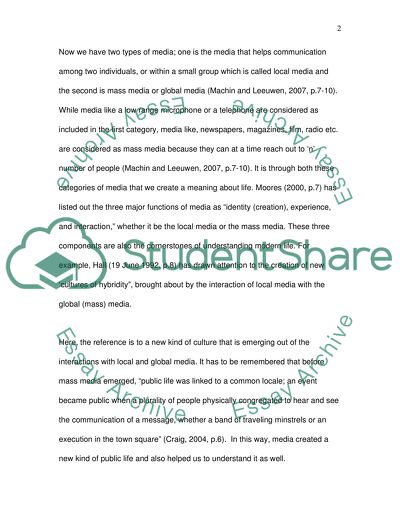Cite this document
(“'The analytical study of communication and media is central to Essay”, n.d.)
Retrieved from https://studentshare.org/environmental-studies/1406484--the-analytical-study-of-communication-and-media
Retrieved from https://studentshare.org/environmental-studies/1406484--the-analytical-study-of-communication-and-media
('The Analytical Study of Communication and Media Is Central to Essay)
https://studentshare.org/environmental-studies/1406484--the-analytical-study-of-communication-and-media.
https://studentshare.org/environmental-studies/1406484--the-analytical-study-of-communication-and-media.
“'The Analytical Study of Communication and Media Is Central to Essay”, n.d. https://studentshare.org/environmental-studies/1406484--the-analytical-study-of-communication-and-media.


